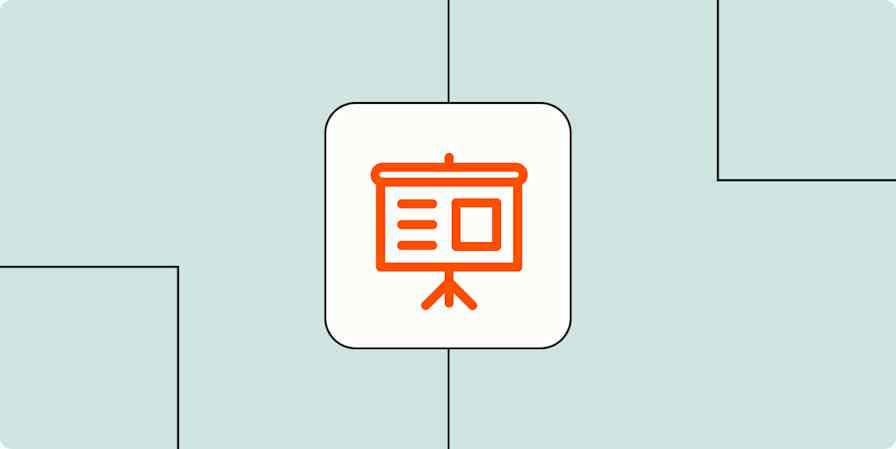Productivity tips
17 min readEat the frog: A practical approach to reaching your goals
By Jessica Greene · November 9, 2023

Get productivity tips delivered straight to your inbox
We’ll email you 1-3 times per week—and never share your information.
Related articles
Improve your productivity automatically. Use Zapier to get your apps working together.








